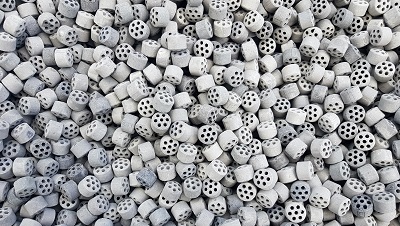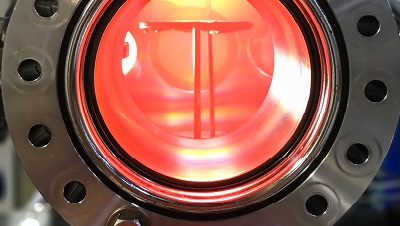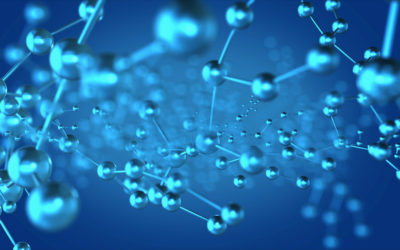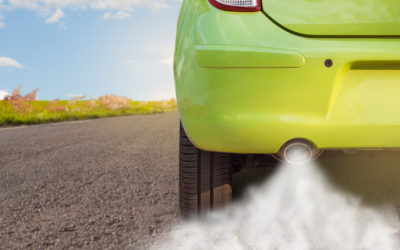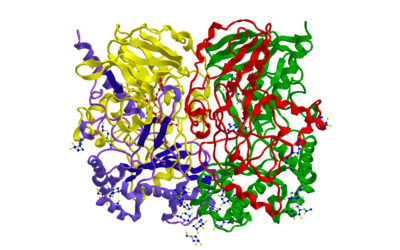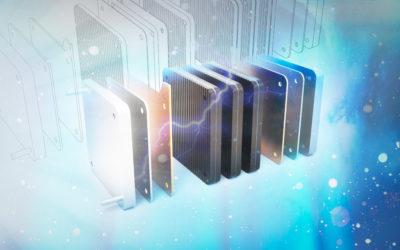Blog
Catalysis 101: Understanding Chemisorption
Chemical adsorption, also known as chemisorption is the process that results from a chemical bond between adsorbate molecules and particular surface...
An Insight into Plasma Deposition and Magnetron Sputtering
Plasma deposition is a highly versatile advanced manufacturing technique that can be used to deposit layers of a variety of materials over objects...
Coupling Mass Spectrometry with Thermal Analysis: The Benefits
What is a Mass Spectrometer Mass spectrometry is an analytical tool that is beneficial for the measurement of the mass-to-charge ratio of one or...
Important Areas of Research in Heterogeneous Catalysis
Heterogeneous catalysis refers to a wide range of catalytic solids and industrial processes for producing chemicals, materials, and fuels. Because...
Plasma Treatment of Medical-Grade Polymers
Plasma treatment of medical-grade polymers is a technique which is used to enhance their wettability as they are often challenging to print on and...
How can Plasma-Assisted Desorption Ionization be Used in Explosive Detection?
Plasma-assisted desorption ionization is an ionization technique in which a plasma is directed onto the sample surface, the desorbs and subsequently...
Next Generation Automotive Catalysts for Greener Roads
Each year, the number of vehicles on the road increases. However, society’s desire for more sustainable and environmentally friendly options is also...
Biocatalysis in Industry: Challenges, Opportunities & More
Biocatalysis involves using natural substances, such as enzymes, from biological sources or entire cells which make chemical reactions more rapid....
The Fundamentals of Electrocatalysis
Electrocatalysis is the study of the catalyst material used at the electrode surface, or as the electrode, in an electrochemical reaction. The rate...

